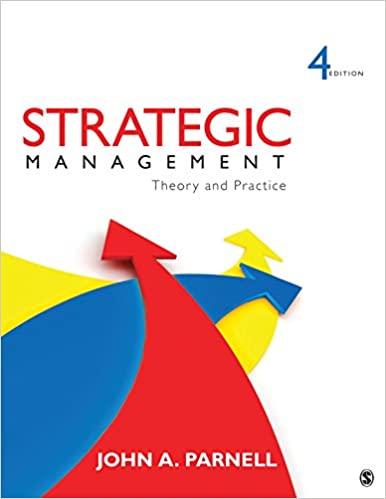Joseph Pitt Hyde opened the first Auto Shack auto parts store in 1979 in Forrest City, Arkansas.
Question:
Joseph “Pitt” Hyde opened the first Auto Shack auto parts store in 1979 in Forrest City, Arkansas.
Having served on the board of directors at Wal-Mart for 7 years, Hyde built on the big box’s business model and concentrated on smaller markets in the South and Southeast, emphasizing service and everyday low prices. The auto parts retailer enjoyed early success and grew to almost 200 stores by 1984. Shortly thereafter, the Duralast private label was launched, and the company changed its name to AutoZone. By 1991, the retailer had amassed nearly 600 stores and went public. Sales topped $1 billion in 1992.
John Adams replaced Hyde as CEO and chairman in 1997. In 1998, AutoZone acquired Chief Auto Parts, converting its 560 stores—mostly in California—into AutoZones the following year. The company also acquired Adap’s 112 Auto Palace Stores in the Northeast. In the early 2000s, emphasis shifted from acquisition to internal growth. In 2003, AutoZone amassed 12%
of the $36 billion DIY automotive aftermarket. By 2004, AutoZone had grown into the leading automotive aftermarket retailer with over $5 billion in annual revenues.
AutoZone stores sell parts under a variety of brand names and private labels and offer diagnostic testing services, but they do not sell tires or perform repairs. A typical store stocks over 20,000 parts. Most AutoZone stores are freestanding with the remainder located in strip malls.
AutoZone targets the do-it-yourself (DIY) consumer with cars more than 7 years old (i.e., what the company calls OKVs—“our kind of vehicles”). Today, the company also continues to grow its do-it-for-me business by selling to professional repair shops through its AZ Commercial program, although not all stores participate in this endeavor. Future prospects for both segments bode well for AutoZone, however, as continued steady growth is projected in both the DIY and the do-it-for-me segments.
Today, AutoZone operates about 4,400 retail auto parts stores in the United States and Puerto Rico and about 250 in Mexico. Advance Auto Parts is number two in the industry with over $3 billion in sales and about 3,000 stores. Key competitors include Pep Boys, Advance, and O’Reilly, as well as discount retailers like Wal-Mart and Target. Although the firm has made several acquisitions, AutoZone emphasizes internal growth, opening about 150 to 200 additional stores per year.
Case Challenges
1. Does AutoZone perform best in a down economy? Explain.
2. Is automotive aftermarket retail an attractive industry? Why or why not?
3. How can AutoZone differentiate itself from rivals O’Reilly Automotive and Advance Auto Parts?
4. Is international expansion an attractive alternative for AutoZone? Why or why not?
Step by Step Answer:






